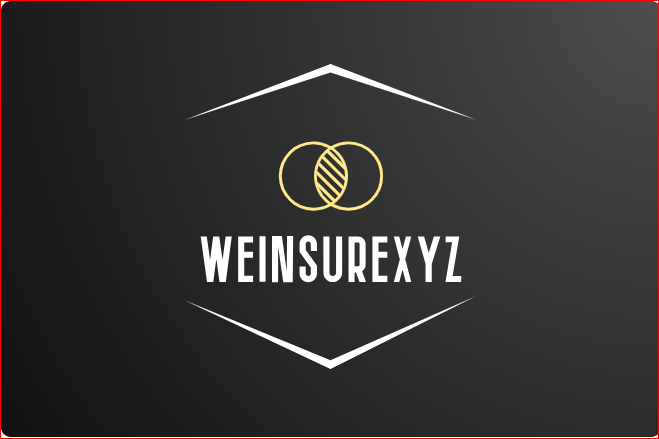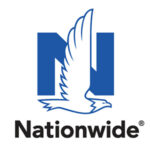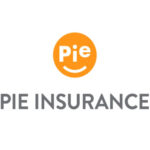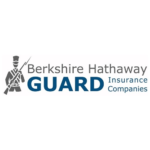How to Grow Your Business Exponentially Just turning a profit is not enough. If you really want your business to grow, answer these three critical questions.
How to Grow Your Business Exponentially
Today we’re going to talk about how to grow your business exponentially. There are only three ways that you can grow your business: increase the number of customers, increase the amount of revenue per transaction, and increase the amount of transactions or the frequency of transactions. If you master one of those, you’ll experience linear growth. Linear growth is great, but we’re more interested in exponential growth. What you need to do is master two or more of those: you’re going to increase your customers, you’re going to increase the revenue per transaction, and maybe even at the same time increase the frequency. We’re going to consistently ask ourselves three really pointed questions, and you should ask yourself these questions every single month if you’re smart and you’re in that exponential growth phase.
Question 1: Where is the origin of my business?
I cannot tell you how many people do not consider this. What I mean by this question is, where does most of your business come from? Does it come from trade shows? Does it come from more market relationships? Does it come from LinkedIn? Does it come from pay-per-click ads? This should be tabulated every single month at least, and I’m going to tell you why.
First and foremost, if your business is built on warm relationships and you look back and you say, “Oh my gosh, 80 to 90 percent of my business comes from warm relationships,” then you’re essentially putting your business at risk because if your warm relationships dry up, you don’t have another solid foundation or another pillar to drive in more business. So that’s a huge red flag. A lot of companies I come in contact with have this problem. They have typically one way that they bring in business. When I ask them, “what’s your exit goal,” they tell me they want to sell.
Well, what’s going to happen if the warm leads dry up? You’re not going to be able to sell; your business is going to go flat. So you need to find other places to bring in business. Think about it as a diving board and here’s your main pillar and here’s the diving board. As the weight comes on the end, and your warm market leads dry up, your business is going to fail. You need another pillar to hold that business up. In a lot of cases, that’s going to be cold outreach. Start to advertise, start to network more, or start to go to trade shows more. You really need to know where your business is coming from.
Another good example is partnerships. Not enough companies consider partnerships. So the smartest thing to do is find out the percentage of business that comes from all the different ways that you generate leads.
Question 2: How Can I benefit from the goodwill I have with my customers?
This is an incredible question, and it’s a question I ask companies all the time: “Why don’t you ask for referrals?” The fact of the matter is that if you really do believe that your service is outstanding, then you should be able to go up to your client or customer and ask them for a referral. But people don’t want to rock the boat.
So what you need to do is find out how it benefits them. Say you are a realtor and you just sold a house to someone. You walk in and you say hello to that person. Make sure that they’re happy with the experience—you should be constantly nurturing them before and after the buying experience—and you ask them if any friends of theirs that want to have a good experience in home buying as well. You have to message it in the proper way. You want to talk to them as to what their benefits are. You want to benefit them. And in this case, the benefit is going to be: help out your friends. Make your friends happy. So continuously ask this question: how do I benefit from the goodwill I have with my customers that will benefit them?
Constantly ask yourself that question, because it can help you brainstorm creative ways to get referrals for your business. And when referrals are coming in, business couldn’t be better. So the fact of the matter is, if you really do believe you have an outstanding business and you provide outstanding service, don’t be scared to ask for referrals. Create a plan. Put that plan in place and stay consistent with that plan.
Question 3: What ways can I reduce the risk in the sales transaction?
This is a huge one, and I help out a lot of companies with this. Maybe you’re getting a lot of prospects, maybe you’re getting a lot of meetings, maybe you’re getting a lot of pitches, but you’re not closing a lot of sales. Typically, the reason for that is because the buyer is taking on more risk than you. If the buyer is taking on more risk than you, they’re most likely not going to go through with the transaction.
We’re going to use a methodology called risk reversal. I love risk reversal. It is so powerful. You have to be more strategic and less tactical. And what I mean by that is, be less shortsighted. Think about the long-term business. I have a really great example of a client that I work with right now. They have an amazing LMS video platform they sell to big clients. The LMS platforms they’re going up against cost a million dollars plus to implement. So I asked them, “What makes you guys different?” And they said, “We’re a cheaper alternative; we’re plug and play.” When I asked if they were well-known, they told me “no.” Then I asked them if they were charging enough for a fee, and they told me yes, that they were charging an implementation fee. I told them that that was probably a mistake because they weren’t a well-known brand.
Think about it from the perspective of getting into the shoes of the customer. Their target customers are CMOs. So if a chief marketing officer at a large corporation, say a Fortune 500 company, made a decision on an LMS video learning platform that no one knew about and it failed, how would they feel? Of course they believe that they’re taking on a lot of risk. So I said, “You need to make it easy for them to say yes.” So what I suggested is giving them 30 to 60 days of the platform for free. And I suggested zero implementation cost.
Lastly, I asked them, “What was the biggest problem with getting people to be sticky, or getting people to continue on the platform?” They said, “As soon as a customer puts content up on the platform, they’re sold.” So I said, “Are you helping customers put content up on the platform?” And they said no. So I said, “You need to create a training program that helps these Fortune 500, these Fortune 100, companies create content so that they can train their employees internally.”
So what you do is, you completely reverse the risk. You have a zero-down implementation, you give them 60 days for free—and by the way, this is a software. So this is an 80 to 90 percent profitability play where you want that long-term stickiness. So what you do is you make that client trust you. You make that client really happy from an implementation standpoint. No money down, and you’re helping them put content up on the on the actual platform itself. What does that do? That’s going to extend the lifetime value of your customer. They’re going to trust you. So think about risk reversal. Think about places where you have too much friction in your selling cycle. Maybe you’re a-nice-to-have product and you have an up front fee. Maybe you need to eliminate that. Maybe your prices are just too high. Maybe you’re not priced right from a competition standpoint. Maybe it’s a result standpoint. Maybe you’re not properly telling the business the actual result; maybe you’re selling on features. So again, how do you take friction out of the buying cycle?
Recap
Let’s just recap really quickly. Again, the first question is, “Where does your business come from?” and what I mean by that is to actually allocate and find where the largest percentages or all the percentages of your business come from, from a lead perspective. Optimize the ones that can be better and you want to diversify the ones that can actually prevent you from scaling. Second, “How could you benefit from the goodwill you have with your customers that would benefit them?”
Again, creating a creative referral program that will benefit your customers. Think about that. Referrals are new business, and it’s almost free customer acquisition. That’s music to this marketer’s ears. And then the third question, and again probably one of the most important questions, is, “How do you eliminate risk?” How do you make it easier for your customers to buy from you, make them trust you more, and make them long-term customers?












